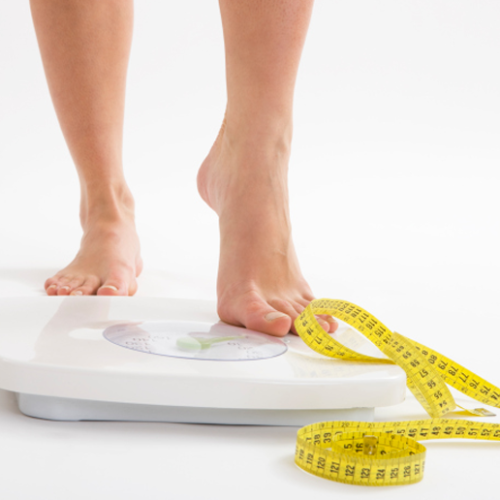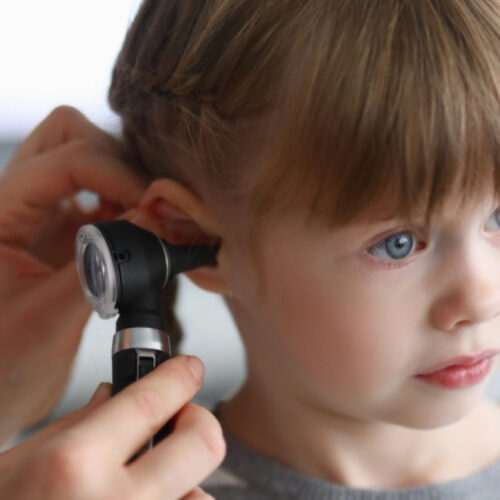First aid tips you need to know
Dealing with an emergency is something you’ll have to do a lot as a mum. More often than not, your child will have visible symptoms which you don’t recognise, or will require a trip to Emergency. Here’s what you’ll need to do while seeking/ waiting for medical assistance.

ALLERGIC REACTION?
The baby or child may develop a rash, itchiness or swelling on their hands, feet or face. If it’s a known allergy, use their auto-injector as indicated. If not, reassure them and make them as comfortable as possible.
ASTHMA ATTACK?
The baby or child will wheeze and have difficulty breathing. Help them sit in a comfortable position while taking their medication, and reassure them.
BROKEN BONE?
If following a fall or blow, your baby or child is lying in an unnatural position or is in a lot of pain, then they may have a broken bone. Support the injury with something soft, like clothing or cushions, to prevent further unnecessary movement. Continue supporting the injury until help arrives.
CHOKING?
According to the British Red Cross, for a baby:
1. “Give up to five back blows. Hold the baby face down along your thigh with their head lower than their bottom. Hit them firmly on their back between the shoulder blades up to five times. If back blows do not dislodge the object, move on to step two.”
2. “Give up to five chest thrusts. Turn the baby over so they are facing upwards and place two fingers in the middle of their chest just below the nipples. Push sharply downwards up to five times.”
For a child:
1. “Give up to five back blows. Hit them firmly on their back between the shoulder blades. If back blows do not dislodge the object, move on to step two.”
2. “Give up to five abdominal thrusts. Hold the child around the waist and pull inwards and upwards above their belly button.”
FEVER?
A fever is a raised temperature anything above 37°C. They may also have hot, flushed skin and start sweating. Use a thermometer to check their temperature. Remove excess clothes and give them fluids such as water or diluted juice. You may also give the recommended dose of medication as prescribed by a doctor.
HEAVILY BLEEDING?
Put pressure on the wound with any available resource to stop or slow down the flow of blood. Keep the pressure so it doesn’t start to bleed again and try to calm down.
NOSEBLEED?
It may occur from a blow to the nose or the child picking it. Pinch the soft part of their nose and ask them to lean forward, then continue pinching for 10 minutes.
VOMITING OR DIARRHOEA?
A baby or child who vomits repeatedly or goes to the toilet very frequently is at risk of severe dehydration. Give them drinks of (cooled off) drinks of boiled water and encourage them to drink small sips often. Let them rest.
POISONING?
Ingested harmful substances? These include alcohol, chemicals (including household cleaning products) and more. Establish what they have taken, when and how much before seeking immediate help.
BURNS?
Quickly cool them off under running cold water for at least 10 minutes. After it’s been cooled, cover with cling film or a clean plastic bag.










